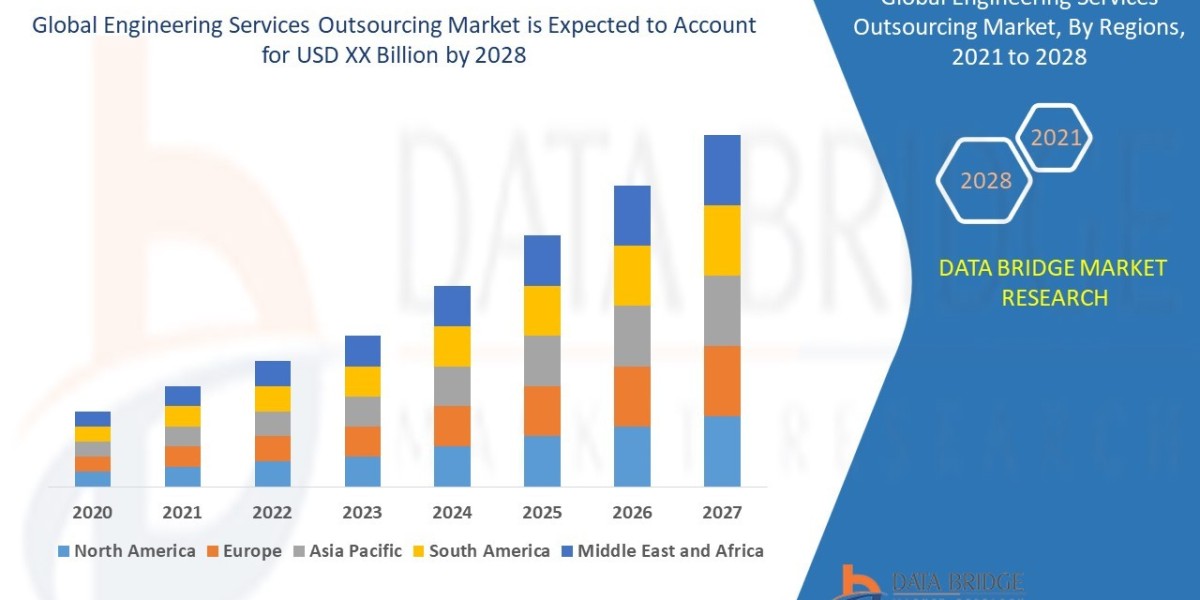Drilling Waste Management Market - The drilling waste management market ensures safe disposal and treatment of byproducts generated during oilfield drilling. Stringent environmental regulations are driving adoption of advanced waste treatment systems. Technologies like cuttings reinjection and zero-discharge systems are gaining traction.
The Drilling Waste Management (DWM) Market constitutes a vital, specialized segment of the broader environmental and industrial services sector, specifically catering to the oil and gas (O&G) exploration and production (E&P) industry. Its primary function is the safe, compliant, and cost-effective handling, treatment, and ultimate disposal of various waste streams generated during drilling operations. The sheer scale and environmental sensitivity of these operations—which produce contaminated drilling fluids, rock cuttings, produced water, and various chemical sludges—make DWM a non-negotiable component of the O&G lifecycle. The market is not merely a disposal service but a high-technology sector focused on minimizing environmental footprint, maximizing fluid recovery, and adhering to increasingly stringent international and local regulations.
Market Size, Segmentation, and Growth Drivers
Based on a comprehensive market analysis, the global DWM market was valued at approximately USD 6.7 billion in 2024 and is projected to surge to over USD 13.5 billion by 2034, reflecting a Compound Annual Growth Rate (CAGR) of around 7.3% over the forecast period. This robust growth trajectory is underpinned by a confluence of regulatory, technological, and economic factors.
The market is fundamentally segmented by several critical dimensions:
By Service Type: This is the most granular and important segmentation. It includes:
Treatment & Disposal (Dominant Segment): Holding the largest revenue share (around 59% in 2024), this segment encompasses final processes like thermal desorption, solidification, bioremediation, cuttings reinjection (CRI), and secure landfilling. The dominance is due to the mandatory nature of environmental compliance for final waste disposition.
Containment & Handling: This involves the storage, transport, and initial preparation of waste, including the use of specialized skips, tanks, and automated transfer systems. This segment is expected to register a high CAGR due to increasing focus on preventing environmental contamination at the wellsite.
Solids Control: These are the mechanical separation processes (shakers, centrifuges, mud cleaners) used on the rig to separate drill cuttings from the valuable drilling fluid, enabling the reuse of the fluid and reducing the volume of waste requiring external treatment. This area is seeing high technological investment due to its direct impact on operational efficiency and cost reduction.
By Application:
Onshore (Dominant Segment): Consistently accounts for the majority of market revenue (over 70%), driven by large-scale unconventional drilling activities (shale gas, tight oil) in regions like North America (e.g., Permian Basin) and the proliferation of land-based drilling globally.
Offshore: Though smaller in volume, this segment is expected to show a faster growth rate due to the complexities and higher costs associated with deepwater and ultra-deepwater waste management, coupled with extremely stringent "zero-discharge" environmental regulations in major offshore basins like the Gulf of Mexico and the North Sea.
By Waste Type: The market addresses various waste streams, including contaminated water-based muds (WBM), oil-based muds (OBM), drill cuttings (the largest single category), and spent bulk chemicals and lubricants.
Regulatory and Environmental Impetus
The primary driver for the DWM market's growth is the increasing stringency of global environmental regulations. National and international bodies, such as the US Environmental Protection Agency (EPA) and the European Union, impose rigorous standards for O&G waste. Policies like the offshore "zero-discharge" mandate, which prohibits the disposal of drilling fluids and cuttings into the marine environment, compel operators to invest heavily in advanced technologies like Thermal Desorption Units (TDU) and Cuttings Re-Injection (CRI). Failure to comply results in enormous fines and significant reputational damage, making DWM a critical risk-management function.
Furthermore, the rising global focus on Environmental, Social, and Governance (ESG) criteria has transformed DWM from a compliance necessity into a strategic differentiator. Major O&G companies are under increasing pressure from investors, consumers, and governments to demonstrate sustainability. This shift drives investment in advanced recycling, waste-to-resource programs, and closed-loop systems, propelling market growth in green technologies.
Technological Advancement and Operational Efficiency
The economic viability of DWM is intrinsically linked to technological efficiency. Innovation focuses on two goals: reducing waste volume and maximizing fluid recovery.
Thermal Desorption Units (TDUs): A cornerstone of OBM cuttings treatment, TDUs use heat to separate oil from solids, allowing the recovered oil and solids (now non-hazardous) to be reused or safely disposed of.
Closed-Loop Systems and Mud Recycling: The trend is shifting away from open-pit or sump disposal toward fully contained, closed-loop drilling systems that minimize freshwater usage and facilitate the continuous reuse of drilling fluids, thereby reducing the volume of waste requiring final treatment.
Digitalization and Automation: The integration of sensors, the Internet of Things (IoT), and data analytics enables real-time waste characterization, predictive maintenance on solids control equipment, and optimization of transportation logistics, all of which improve efficiency and reduce overall DWM costs.
In essence, the Drilling Waste Management Market is a high-growth, technology-driven sector that sits at the intersection of energy production and environmental stewardship. Its future is tied directly to the global appetite for oil and gas, its E&P spending cycles, and the ever-tightening regulatory framework demanding sustainable and responsible operations.
FAQ for Drilling Waste Management Market
Q Question
1. What is the single biggest driver of growth for the Drilling Waste Management Market?
Answer: The most significant driver is the increasing stringency of environmental regulations and mandates, such as "zero-discharge" policies in offshore basins and stricter land disposal rules. These regulations compel O&G operators to adopt complex, high-cost treatment technologies (like Thermal Desorption and Cuttings Re-Injection) to ensure compliance, transforming waste management from a routine expense into a high-technology, strategic investment.
2. Which segment (onshore vs. offshore) dominates the market, and which is growing faster?
Answer: The Onshore segment currently dominates the market in terms of absolute revenue (over 70% share), primarily due to the high volume of drilling from unconventional resources (shale gas and oil). However, the Offshore segment is generally expected to exhibit a faster growth rate, driven by complex, expensive deepwater projects and the non-negotiable need for advanced, high-tech, compliant waste solutions like CRI systems.
3. How does the market contribute to the oil and gas industry's ESG goals?
Answer: The market is crucial to O&G ESG performance by minimizing the environmental footprint. DWM services enable the recovery and reuse of expensive drilling fluids and base oils from cuttings, reduce the need for raw materials, limit freshwater consumption through recycling, and prevent the contamination of soil and water bodies, directly improving a company's environmental compliance and sustainability score.
More Relate Reports:
Latin America, Africa, UK, and Vietnam Shallow OSV Market








